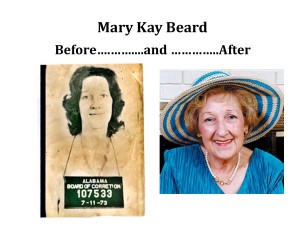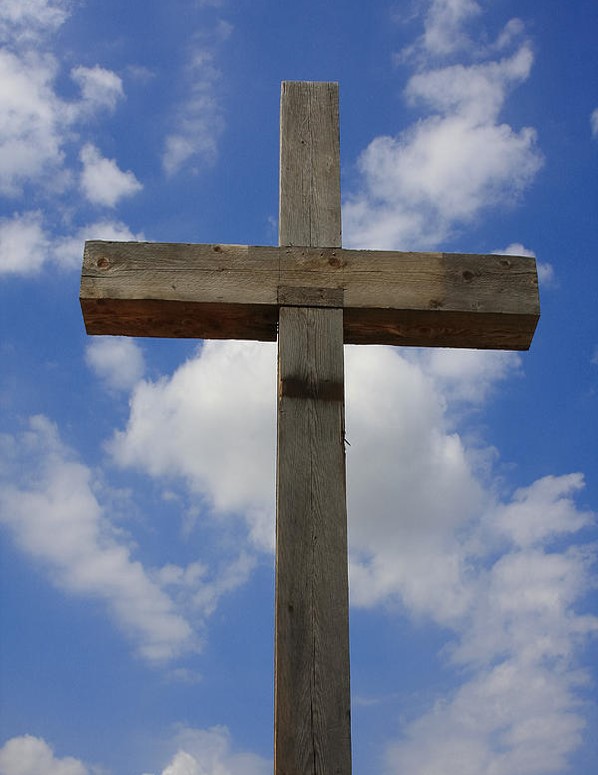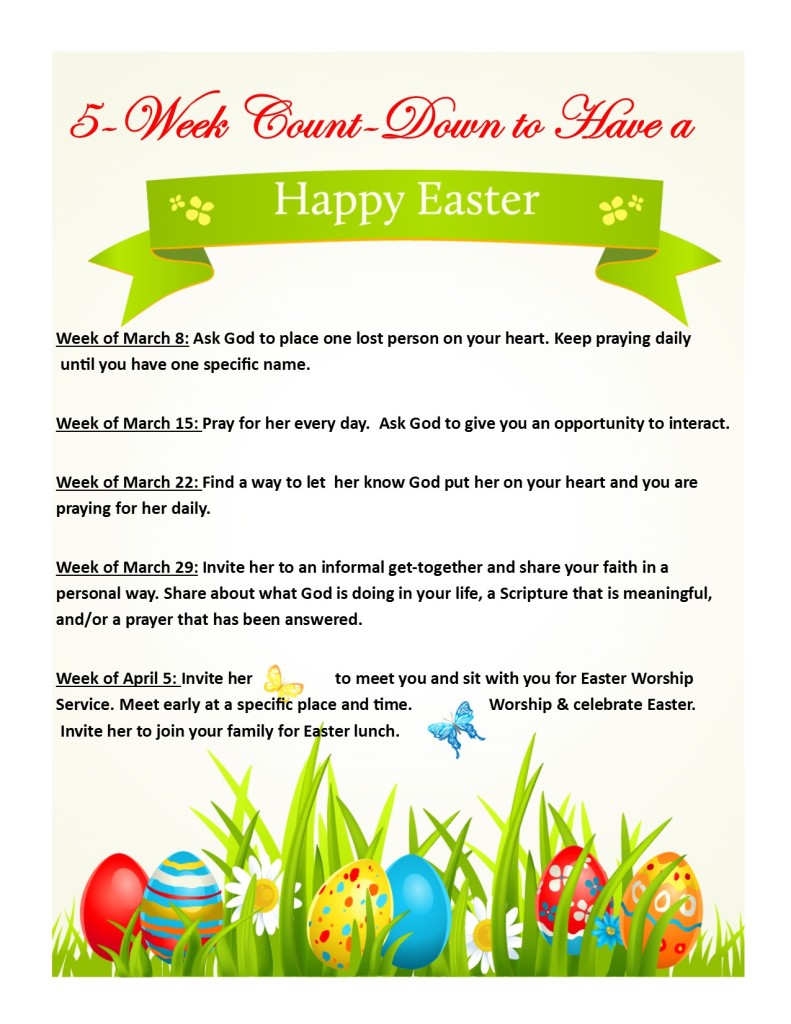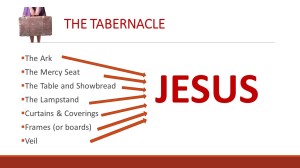 When the wine was gone, Jesus’ mother said to him, “They have no more wine.”
When the wine was gone, Jesus’ mother said to him, “They have no more wine.”
John 2:3
Even in the first century, weddings were a big deal. The festivities would go on for not just hours, but for days. And to run out of wine would be a major social faux pas – a hugely embarrassing social blunder — so when Jesus’ mother Mary sees the problem, she decides to act.
How do you and I solve problems? What do you do when something comes up that needs resolved? Phone a friend? Make a Facebook post inviting comments? Visit the self-help section at Barnes & Noble? Do a Google search? Join a support group or seek professional counseling?
Nothing wrong with any of those options, but – as a follower of Christ – shouldn’t prayer be a first response?
Mary simply brings the issue to Jesus – the essence of prayer.
She didn’t tell him what to do or how to do it. She simply laid the problem before him.
She didn’t hang around to make sure Jesus followed through, she didn’t try to oversee how it was done, and she didn’t give specifics on white or red wine. She simply placed it before him and then she stepped back in confident faith and trust.
Mary has modeled for us what it looks like to bring our concerns, problems, and burdens to the one who can fix it all.
(And, incidentally, perhaps prayer was a lifestyle choice for Mary. It’s interesting to note that the last time Mary is referenced in scripture is Acts 1:14, where we find her joining with the disciples and other early believers – men and women – where they “all joined together constantly in prayer.”)
We know prayer is important, we believe in it, and would all raise our hands high if asked, “Who is for prayer?” But if a follow-up question asked if you and I have prayed regularly and consistently in the last month or week…or this morning….I think we would all probably agree there is room for improvement.
William Carey, British missionary to India, had this to say about prayer:
Prayer – secret, fervent, believing prayer – lies at the root of all personal godliness.
We may KNOW prayer works in our heads, but do we BELIEVE in our hearts that it is powerful and effective? Believing (and not just knowing) will result in ACTION.
Prayer may or may not change our situation, but it will often change us. And, if we believe William Carey, it will grow us in godliness.
Can we grow in our prayer life? Is it possible to learn to pray? I think it is.
Luke 11:1 says, One day Jesus was praying in a certain place. When he finished, one of his disciples said to him, “Lord, teach us to pray…” (emphasis added)
Two key points can be gleaned from this verse:
- Jesus Himself prayed to the Father. If the holy, perfect, sinless Son of God felt it important to pull away and pray, then surely, prayer is important for us.
- Prayer can be learned. The disciples said, teach us to pray.
Would you ask Him for an opportunity this week to lay it before Him?
- The “it” might be your calendar that has too little white space.
- The “it’ might be your checkbook that has too few zeroes.
- The “it” might be a too low white blood count number or a too high cholesterol number.
It might be relational, financial, mental, physical, or emotional. it might involve a co-worker or a family member or a ministry partner. It might just be you — your own personal character flaw or besetting sin that needs corrected. But whatever or whoever, would you turn to Jesus and trust Him with the outcome?
We can do what Mary did – “here’s the problem Jesus — They have no more wine.”
“Here’s my calendar Jesus – I have no more time.”
“Here’s my blood work Jesus – here’s my checkbook Jesus…here’s my marriage, my child, my whatever.”
Would you give your whatever to Jesus and then wait in expectation — in confident faith – to see what He does.
The child of God brings her burden to Jesus.
Here’s the link to the teaching this week covering John 2:
http://fbcsiloam.podbean.com/e/the-gospel-of-john-chapter-2lesson-2/
(Photo attribution: videoblocks.com)










